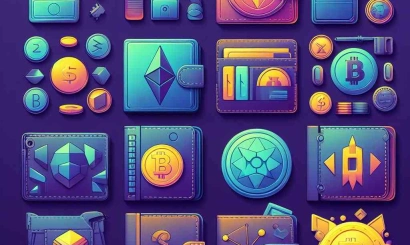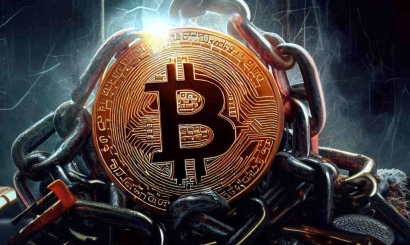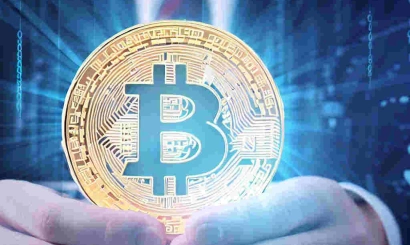Bitcoin has become a household name, yet defining it remains complex even for crypto experts. Is it primarily a digital currency, an investment vehicle, or a payment system? The truth encompasses all these aspects, as Bitcoin has evolved beyond its original concept to embrace multiple roles in today's financial landscape.
Core Vision and Purpose
Bitcoin emerged as a solution to the limitations of traditional financial systems, particularly their dependence on intermediaries and high transaction fees. Cross-border payments were especially problematic, involving multiple parties and taking days to complete. Moreover, in the early 2000s, over a billion people worldwide lacked access to banking services.

The cryptocurrency aimed to address these issues by creating an accessible payment infrastructure without intermediaries or guarantors. Initially, transactions were free, with the current fee system only emerging later to prioritize transaction processing. The blockchain, a distributed ledger maintained by thousands of computers worldwide, ensures transaction integrity and prevents double-spending while making the system accessible to anyone with an internet connection.
Historical Development
Bitcoin built upon existing technologies, including blockchain concepts from the 1990s. It wasn't the first digital currency, following predecessors like DigiCash, B-Money, and Bit Gold – the latter often considered Bitcoin's direct ancestor, with its creator Nick Szabo sometimes speculated to be Satoshi Nakamoto.
The Satoshi Mystery
Development of Bitcoin began in 2007, with the protocol description published in 2008 and the client code released in 2009. The creator(s), known as Satoshi Nakamoto, remain anonymous despite numerous attempts at identification. While initially claimed to be Japanese, linguistic analysis suggests English as their native language. A notable 2014 investigation identified a California resident named Satoshi Nakamoto as a potential creator, though he denies any involvement.
Economic Structure
Bitcoin has a fixed supply cap of 21 million coins, with new tokens released through mining under the Proof-of-Work consensus mechanism. The reward system includes regular "halvings" every 210,000 blocks, reducing mining rewards by 50%. These events often correlate with market value increases. The final bitcoin is projected to be mined around 2140.
Price Evolution
From its first dollar valuation in October 2009 (1,309 BTC per dollar) to its all-time high of $69,000 in November 2021, Bitcoin's price history reflects its journey from experimental technology to mainstream financial asset. Notable milestones include the famous 10,000 BTC pizza purchase and various bull runs coinciding with halvings.
Criticisms and Challenges
Bitcoin faces several criticisms: its perceived use in illegal activities (though the blockchain isn't truly anonymous), environmental concerns due to energy-intensive mining, and high price volatility. The network also struggles with scalability issues due to its one-megabyte block size limitation, leading to the development of solutions like the Lightning Network.
Legal Status
Bitcoin's legal status varies globally. Some countries, like El Salvador, recognize it as legal tender, while others, like China, heavily restrict its use. Many nations treat it as an investment asset or commodity rather than currency. In Russia, for example, Bitcoin is recognized as property but not as a payment method.
Accessibility and Future
As the most liquid cryptocurrency, Bitcoin can be purchased through various channels, including exchanges, P2P platforms, and crypto ATMs. While it has evolved beyond its original purpose as a simple payment system, Bitcoin continues to pioneer cryptocurrency innovation and challenge traditional financial systems.
- NBMiner for Linux and Windows
- Polaris BIOS Editor 1.7.6 (PBE)
- How to assemble a rig for mining with your own hands
- The collapse of cryptocurrency, or the "black swan" of the digital economy
- What is NFT?
- What are parachains?
- What is a scam?
- How to use Torque GUI Miner
- Crypto A to Z: Cryptocurrency glossary of common terms
- How to Know Mining: Key Terms







